Text
scrupulosity and an OCD obsession with morality is so much more than just wanting to be a good person.
yes, I want to be a good person. but for me, that comes along with:
an unreachably high moral standard
an unshakeable guilt complex
a chronic feeling of “what have I done wrong?”
constant flashbacks to “shame memories”
tying myself up in knots over making the right decision (even over the little things)
and sometimes… this obsession with being a good person actually prevents me from being as good a person as I would be otherwise (e.g it can make me come across as selfish and not compassionate)
3K notes
·
View notes
Text

this is what it feels like to be an artist with OCD
6 notes
·
View notes
Note
Back again for more writing advice.
How dos one write game seven moments? Like there's no second chances if you fail. You screw this up the major villain wins. How do I make the audience feel the tension emphasize the tension and stakes?
Thanks for asking! Here are some techniques you can use to achieve that:
Foreshadowing: Hint at the consequences of failure early on in the story. Drop subtle clues about what could happen if the protagonist doesn't succeed. This builds anticipation and dread in the reader's mind.
Character Investment: Ensure that the audience is deeply invested in the protagonist's journey and the outcome of the conflict. Develop relatable and sympathetic characters whose success or failure truly matters to the audience.
Raise the Stakes: Continuously raise the stakes throughout the story, making it clear that failure is not an option. Highlight what's at risk if the protagonist doesn't succeed, whether it's the safety of loved ones, the fate of the world, or the protagonist's own life.
Intense Descriptions: Use vivid and descriptive language to immerse the audience in the moment. Describe the tension in the air, the sweat on the protagonist's brow, the palpable fear of the looming threat. Make the audience feel like they're right there alongside the protagonist, facing the same dire circumstances.
Time Pressure: Create a sense of urgency by imposing time constraints on the protagonist. Make it clear that there's a deadline looming, adding an extra layer of tension as the clock ticks down.
Confrontation: Build anticipation leading up to the climactic confrontation between the protagonist and the villain. Use short, punchy sentences and quick pacing to reflect the frenetic energy of the moment.
Emotional Arcs: Show the emotional toll that the pressure and stakes are taking on the protagonist and other characters. Let the audience see their doubts, fears, and vulnerabilities, as well as their determination to overcome them.
Twists and Turns: Keep the readers on the edge of their seats by introducing unexpected twists and turns in the plot. Just when they think they know how things will play out, throw in a curveball that raises the stakes even higher.
Sensory Details: Engage the reader's senses by including sensory details that evoke the atmosphere of the scene. Describe the sights, sounds, smells, and sensations that surround the characters, intensifying the reader's immersion in the moment.
Resolution: Finally, deliver a satisfying resolution that pays off the tension and stakes you've built throughout the story. Whether the protagonist succeeds or fails, make sure the outcome feels earned and emotionally resonant.
Hope this helped! ❤
63 notes
·
View notes
Text
One of the best pieces of advice I gathered from a recent writing conference came from M.T. Anderson. Someone asked him how he writes socially- or politically-minded fiction without coming off as "preachy"; how he could write these things while staying genuine. His answer was to make sure you see yourself in every character you write, regardless of where they stand on a given issue.
Fiction is first and foremost an act of empathy, not an instructional device. If you think you know the answer to a topic, write an essay, not a novel. Characters serve to imbue your story with your own lived experiences and your own complicated emotional history about these experiences. Reading these characters is an act of empathy! You aren't finding an answer to a question but feeling what someone else has felt and asking yourself how you've felt like that too. It's up to the reader, then, to draw conclusions from a piece of fiction--the author can and should only provide the empathetic grist.
And if you want to provide the strongest empathetic grist possible, you need to inhabit all of your characters. This isn't to say you need to "take the side" of any particular issue--if you're writing a drama about abortion, you don't need to play both sides--because again, the fiction writer shouldn't be concerned with this as much as they should be about emotional histories. In the above example, you may not be pro-life, but have you also been blind to how your worldview hurts people? Have you ever developed stubborn, reactionary tendencies? Etc. etc. etc. For a hypothetical pro-choice character, have you ever been so firm in your belief that you see the other side as lesser-than-thou?
See your emotional self in your characters. If you're writing socially- or politically-charged fiction, you should at the very least pity your characters. Feel for them, and the audience will too.
34 notes
·
View notes
Note
How to creae a likeable main character?
Creating a likable character involves a mix of traits, quirks, and actions that resonate with readers. Here's a guide to crafting a character readers will root for:
Complexity: Likeable characters should be multi-dimensional. They should have strengths, weaknesses, fears, and aspirations. Flaws make characters relatable and realistic.
Empathy: Readers should be able to empathize with the character's struggles and motivations. Show their vulnerabilities and the reasons behind their actions.
Positive Traits: Give your character admirable qualities such as kindness, honesty, loyalty, and courage. These traits make them easy to root for.
Humor: A good sense of humor can endear a character to readers. It can be wit, sarcasm, or even just a quirky way of looking at the world.
Backstory: Develop a rich backstory that explains why the character is the way they are. Past experiences shape personalities and motivations.
Goals and Dreams: Give your character clear goals and dreams that readers can rally behind. Seeing them pursue their desires creates investment.
Relatability: Make your character relatable by giving them ordinary struggles and experiences that readers can identify with.
Morality: While flawed, likeable characters typically have a strong moral compass. They might make mistakes, but they usually strive to do what's right.
Development: Allow your character to grow and change throughout the story. Seeing them overcome obstacles and learn from their experiences can be very satisfying for readers.
Relationships: Show how your character interacts with others. Positive relationships with friends, family, or love interests can highlight their likeable qualities.
Authenticity: Ensure your character's actions and emotions feel authentic and consistent with their personality. Readers appreciate genuine characters.
Unique Traits: Give your character unique quirks or talents that make them memorable and interesting.
Flaws: Imperfections don't make your character any less likeable—they make them more relatable and realistic. They humanise the character, making them easier to connect with. Flaws also provide opportunities for growth and development as characters work to overcome their shortcomings, which can be inspiring and endearing.
Remember, what makes a character likeable can vary depending on the story and the audience. Experiment with different traits and characteristics to find what works best for your narrative.
Happy writing! ❤
106 notes
·
View notes
Text
Me putting my paras through constant torture and making their lives miserable instead of studying and being productive

197 notes
·
View notes
Text
Trying to behave normally while having intrusive thoughts:

11 notes
·
View notes
Text
you ever daydream and it starts out totally cool and nice and then the intrusive daydreams start flocking in? it's like how did you get here i wasnt even THINKING about anything related to this AND WHAT IS GOING ON NOW

33 notes
·
View notes
Text
Writer Issues
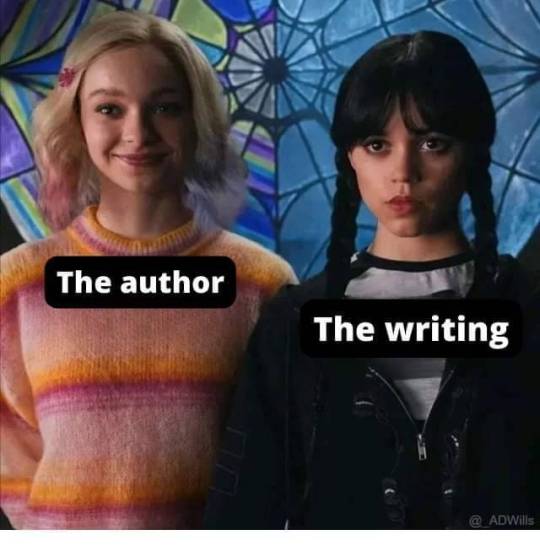



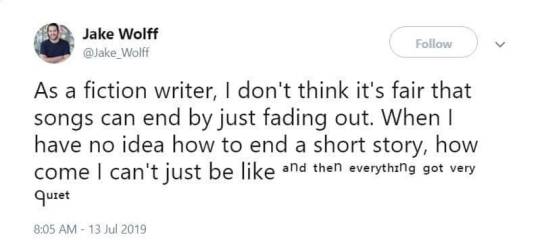


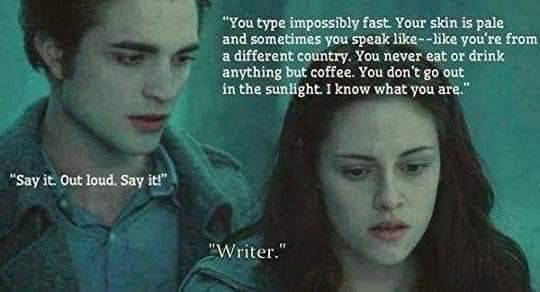


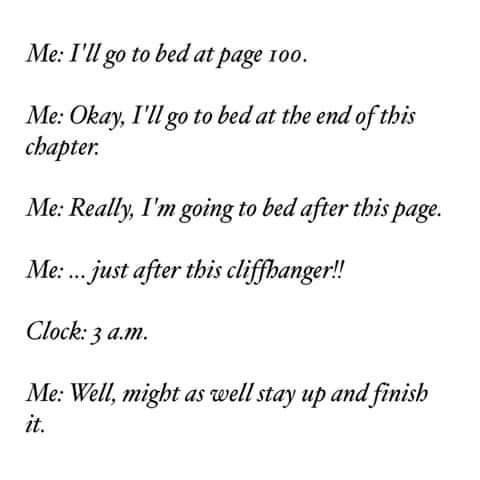
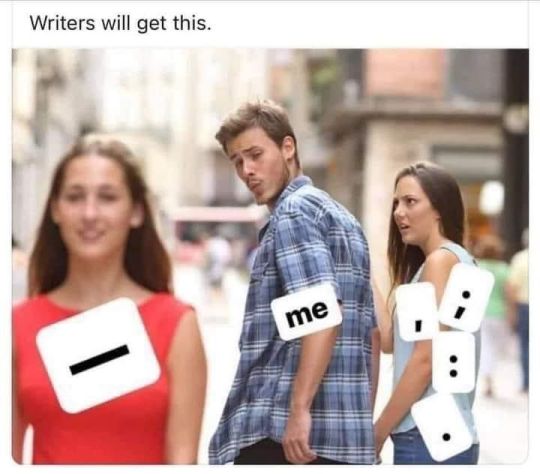
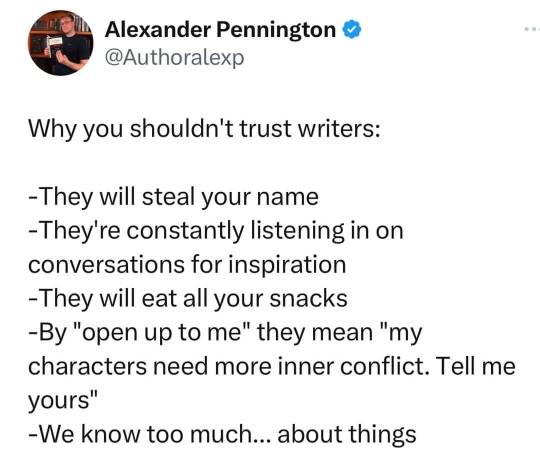
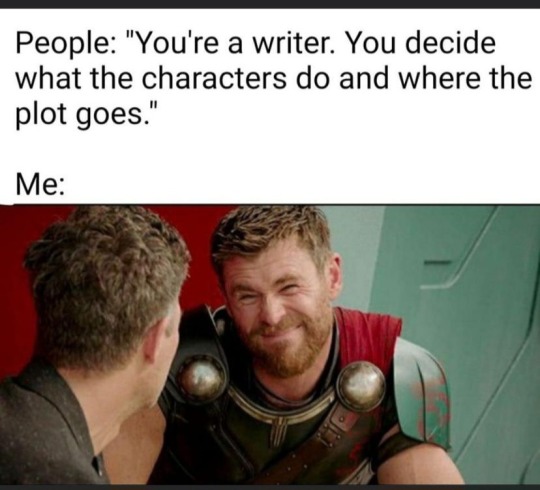
Writers Corner for more writing memes.
14K notes
·
View notes
Text
Oppressed with sleepiness, she went to bed and was snuggling down in the perfumed sheets when her eyes fell on the little table by the bedside. Someone had set a cup of hot chocolate there; half asleep, she reached out her hand for it and drank it. Her eyes closed and she fell into a delicious slumber where she dreamed of her lover, a prince as handsome as the God of Love in picture-books, and when he spoke it was with a voice that went straight to her heart.
Arthur Quiller-Couch, "Beauty and the Beast" from The Sleeping Beauty and Other Fairy Tales from the Old French (1910)
606 notes
·
View notes
Photo





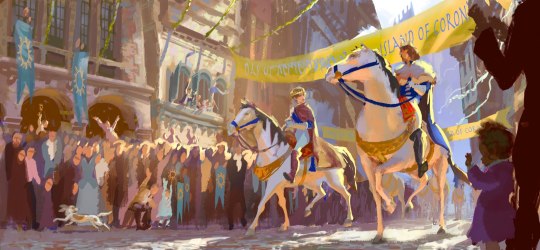
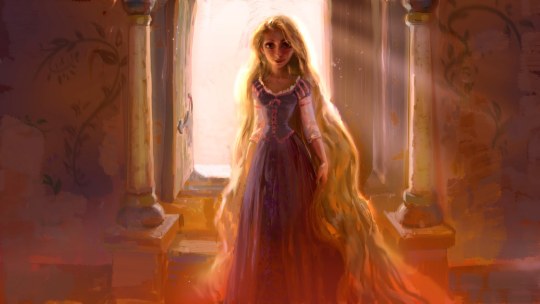
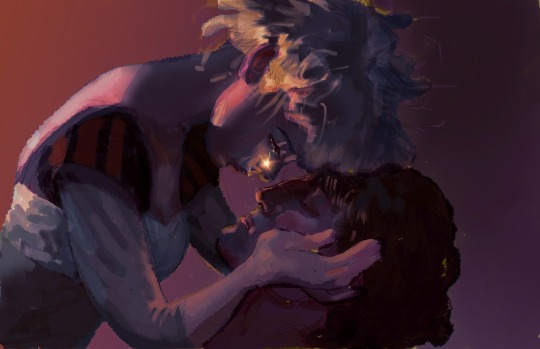
Visual development for Tangled (2010) by Dan Cooper
2K notes
·
View notes
Text


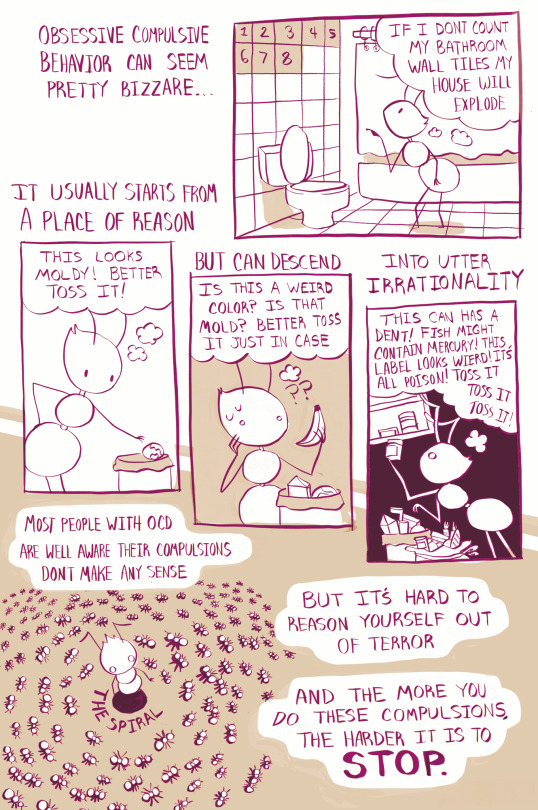



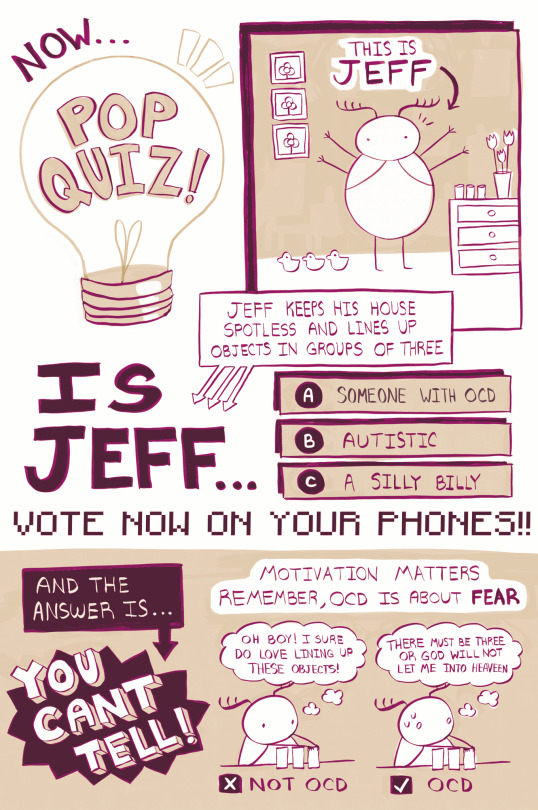


Greetings bugs and worms!
This comic is a little different than what I usually do but I worked real hard on it—Maybe I'll make more infographic stuff in the future this ended up being fun. Hope you learned something new :)
If you are still curious and want to learn more about OCD, you can visit the International OCD Foundation's website. I also recommend this amazing TED ED video "Starving The Monster", which was my first introduction to the disorder and this video by John Green about his own experience with OCD.
The IOCDF's website can also help you find support groups, therapy, and has lots of online guides and resources as well if you or a loved one is struggling with the disorder. It is very comprehensive!
Reblog to teach your followers about OCD
(But also not reblogging doesn't make you evil, silly goose)
48K notes
·
View notes


